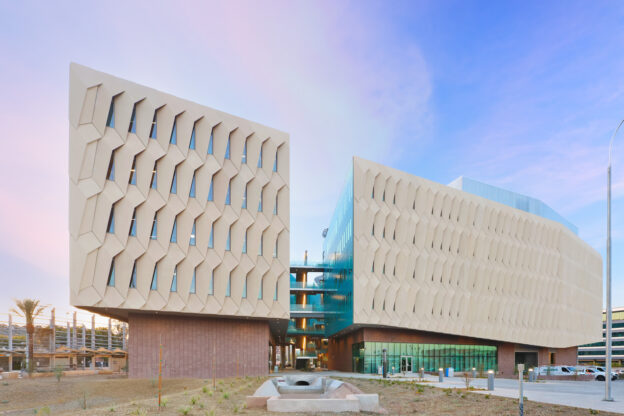New technologies, innovations, and tools are opening doors for building teams interested in better and more socially responsible design. Supporting goals from energy efficiency and sustainability to passive design and net zero, these advances assist in the studio, on jobsites, and in building operations. Some tools help visualize outcomes, both qualitative and performance based, while others affirm material and system attributes. Still others ease the tasks of calculating metrics such as energy use intensity (EUI), lighting power density (LPD), or how project choices impact total embodied carbon or carbon emission equivalent, measured in kilograms or tons (kgCO2e or tCO2e).
LEARNING OBJECTIVES
After reading this article, you should be able to:
- Discuss how novel tools and technologies and established systems and products are facilitating net-zero and sustainable design for commercial and institutional buildings
- Explain how data and varied building systems can be accessed and analyzed to improve building design, construction, and operations
- List examples of new building technologies and building projects that demonstrate net zero, carbon reductions, and other sustainable building principles
- Describe approaches to leveraging building technology for K-12 schools, research centers, residential buildings, and mixed-use residential, among other building types









